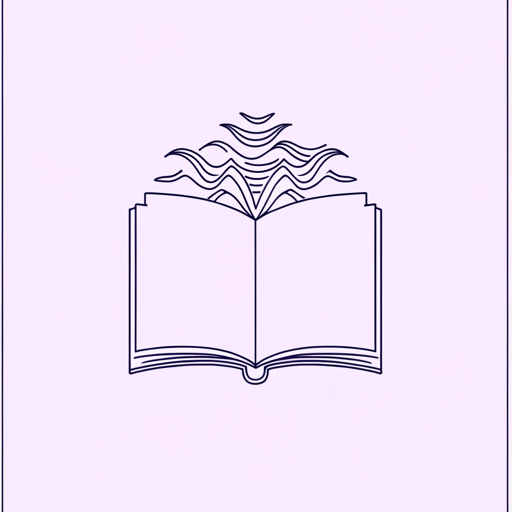78 pages • 2 hours read
Salman RushdieHaroun and the Sea of Stories
Fiction | Novel | Middle Grade | Published in 1990A modern alternative to SparkNotes and CliffsNotes, SuperSummary offers high-quality Study Guides with detailed chapter summaries and analysis of major themes, characters, and more. For select classroom titles, we also provide Teaching Guides with discussion and quiz questions to prompt student engagement.
Symbols & Motifs
Bezaban
Bezaban is an idol that the people in Chupwala are forced to worship. The idol is carved from black ice. The word Bezaban comes from the Hindustani words meaning “without a tongue,” symbolizing Khattam-Shud’s commitment to enforcing mandatory silence on the people of Chup. After the final battle, the idol falls onto Khattam-Shud, killing him and providing the reader with a sense of poetic justice.
Kahani
Kahani—a word that translate as “story”—is the second moon of earth. It moves so quickly that astronomical instruments cannot detect it. Kahani is a land of imagination, much of which is covered by the Ocean of the Streams of Story. Kahani is split into two divisions: the land of Gup is bright, and the land of Chup is totally dark. Many of the characters in Kahani have counterpoints back on earth. For instance, Mr. Butt, who drives the mail coach, has much in common with the mechanical bird, Butt the Hoopoe. Khattam-Shud is a parallel of Mr. Sengupta, who has an affair with Haroun’s mother. Kahani is a symbol of fiction and the fantastical.
Related Titles
By Salman Rushdie

East, West
Salman Rushdie
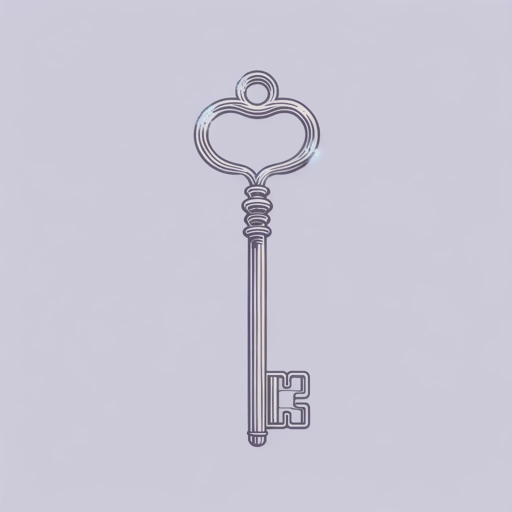
Good Advice is Rarer than Rubies
Salman Rushdie

Imaginary Homelands: Essays and Criticism 1981-1991
Salman Rushdie

Joseph Anton: A Memoir
Salman Rushdie
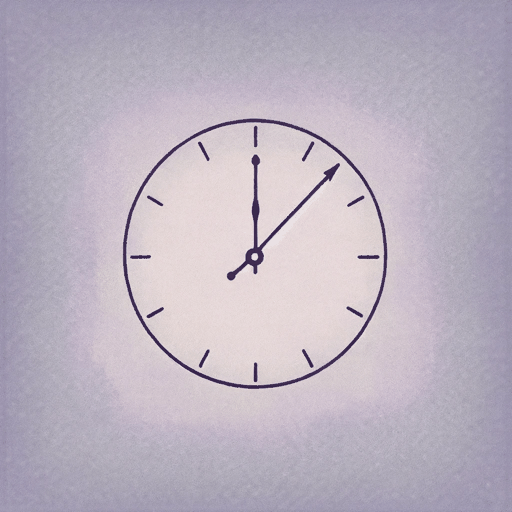
Midnight's Children
Salman Rushdie

Quichotte
Salman Rushdie

Shalimar the Clown
Salman Rushdie
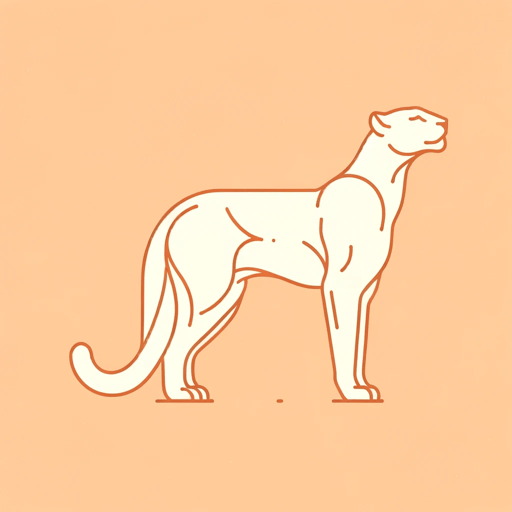
Shame
Salman Rushdie
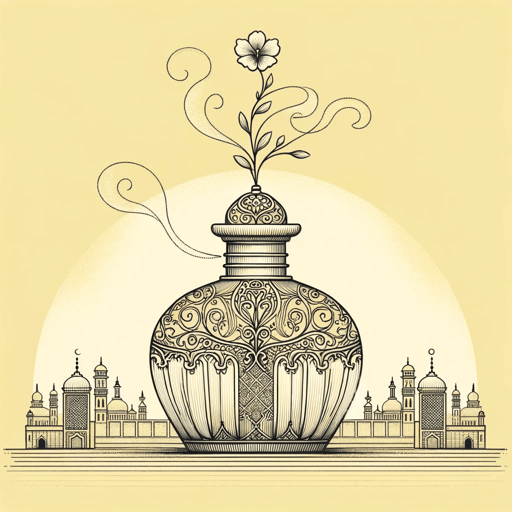
The Enchantress Of Florence
Salman Rushdie

The Golden House
Salman Rushdie

The Ground Beneath Her Feet
Salman Rushdie

The Moor's Last Sigh
Salman Rushdie
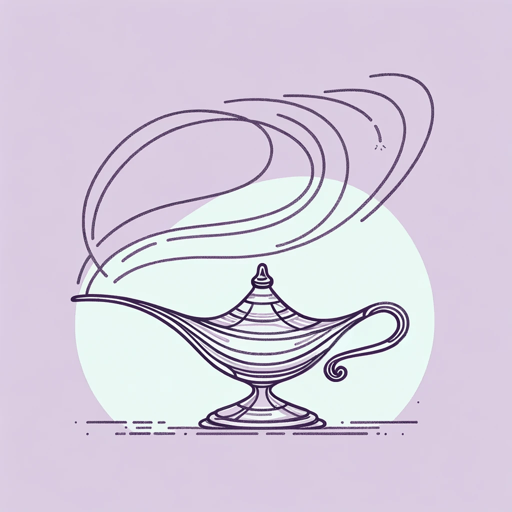
The Satanic Verses
Salman Rushdie

Two Years Eight Months and Twenty-Eight Nights
Salman Rushdie
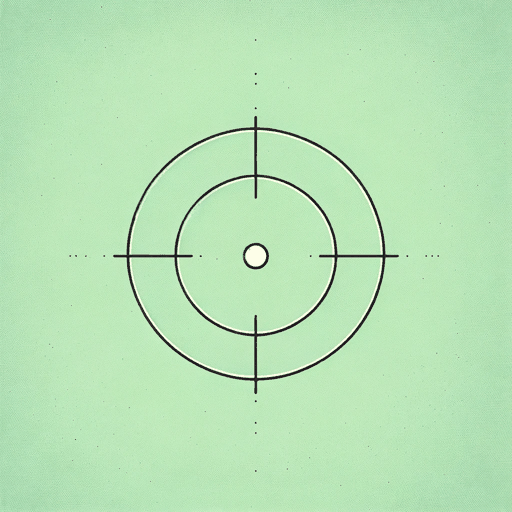
Victory City
Salman Rushdie
